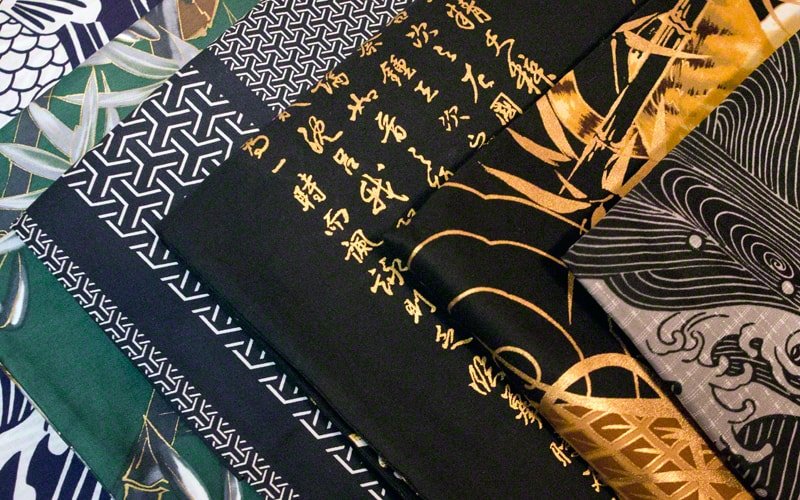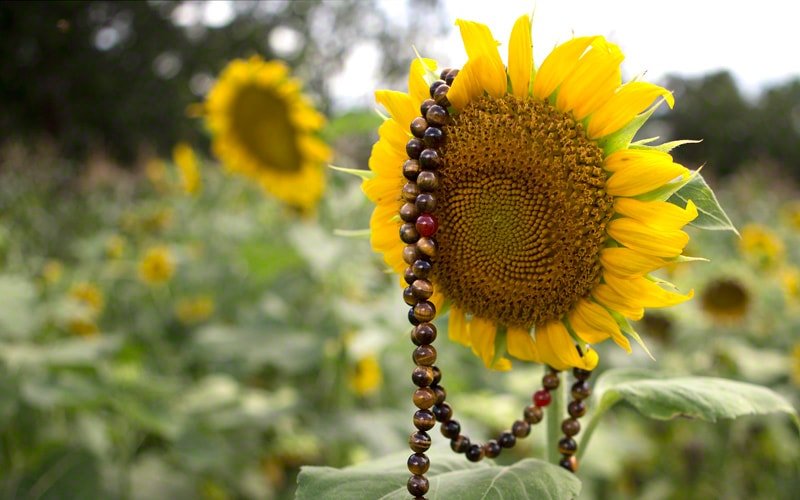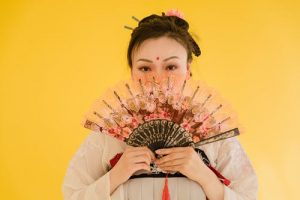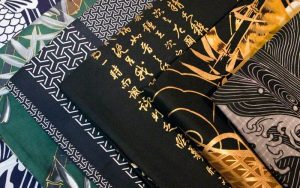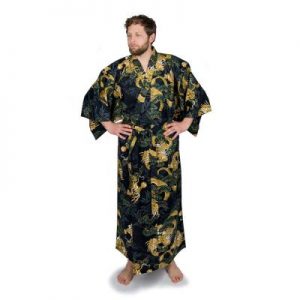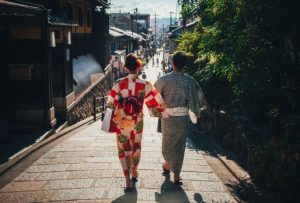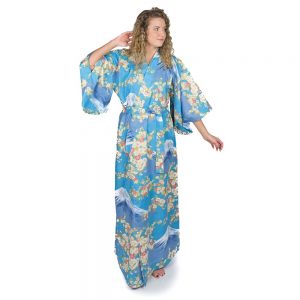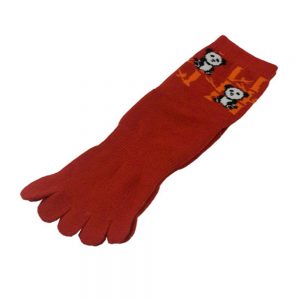Kimono are one of the most iconic symbols of Japanese culture. This traditional garment epitomizes elegance, history, and art, making it a must-know for cultural enthusiasts. While they may look like simple robes from afar, kimono carry profound meanings and history that reflect Japanese traditions and values. If you’re fascinated by kimono—or wondering about “kimono vs yukata”—this guide will unveil some fun and intriguing facts about this wearable art.
What Does the Japanese Kimono Represent?
The word “kimono” literally translates to “thing to wear” (ki = wear, mono = thing). However, it represents far more than just clothing in Japanese culture. A kimono is a symbol of tradition, identity, and even storytelling. Each one reflects the wearer’s social status, age, occasion, and season.
Whether it’s worn for a wedding, tea ceremony, or a summer festival, the kimono’s fabric, patterns, and embroidery often tell a story about the culture and nature of Japan. It’s a deliberate blend of ancient techniques and aesthetic symbolism that keeps Japan’s rich history alive in modern times.
Kimono Are Made Using One Piece of Fabric
Did you know that kimono are crafted entirely from a single bolt of fabric called a tanmono? The fabric is skillfully cut, sewn, and folded into a highly geometric design without unnecessary trims or alterations. This allows the kimono to maintain its versatility. If damaged or outgrown, a kimono can often be repurposed or resewn.
This single-fabric structure not only highlights the skill of the artisan but also symbolizes Japanese culture’s appreciation for simplicity and harmony.
Kimono Are Worn at Many Events
Kimonos have long been associated with special occasions, but did you know there are dozens of specific moments where a kimono is required?
- Weddings: Brides often wear an elaborate uchikake kimono, which is richly embroidered.
- Coming of Age Day (Seijin Shiki): Young adults celebrate their transition to adulthood by wearing furisode, which are long-sleeved kimono designed for festive occasions.
- Funerals: Black kimono with family crests, known as kuro-tomesode, are worn to express formal condolences.
- Summer Festivals (Matsuri): For more casual events, people wear yukatas—a lighter, more breathable version of kimonos perfect for warm weather.
If you’ve been wondering about “kimono vs yukata,” the distinction mainly lies in the occasion and material. Yukata are made of cotton and are more informal, while kimono use silk or more intricate fabrics for formal elegance.
Kimono Accessories and Types
Wearing a kimono is not just about putting on a robe—it’s an experience. Kimonos can be worn with a variety of accessories that add to their distinct look and function.
- Obi: The sash used to secure the kimono, which comes in solid color, matching patterns, or elaborate designs and requires proper folding techniques.
- Zori and Geta: Traditional sandals worn with kimonos, paired often with split-toe socks called tabi.
- Haneri and Nagajuban: Specific undergarments to keep the kimono clean and structured.
There are also various types of kimonos depending on gender, age, and occasion.
- For men, the “male yukata” or kimono for men usually features darker, bolder colors with simpler patterns.
- For women, kimonos vary from short yukata styles for casual wear to elaborate furisode with long, flowing sleeves for ceremonial occasions.
Kimono Designs Hold a Lot of Symbolism
The beauty of a kimono lies in its intricate patterns, and these are never chosen at random.
- Seasonal Motifs: Sakura (cherry blossoms) are popular in spring, while maple leaves signify fall. Wearing seasonal patterns shows respect and mindfulness of nature’s cycles.
- Symbolic Designs: Cranes often signify longevity and good fortune, while pine trees represent steadfastness. For weddings, specific flowers like chrysanthemums and plum blossoms are used to symbolize happiness and renewal.
Every pattern has a purpose, often connecting the wearer to cultural beliefs, seasonal awareness, or personal sentiment.
Final Thoughts
Kimono are more than just traditional garments—they are pieces of wearable art deeply embedded in Japanese history and culture. Their versatility, symbolism, and elegance explain why kimonos and yukatas continue to captivate fashion lovers and cultural explorers across the globe.
If you’re inspired to learn more about Japanese traditions or even own a yukata, check out our exclusive guide! Elevate your love for culture, one thread at a time.

